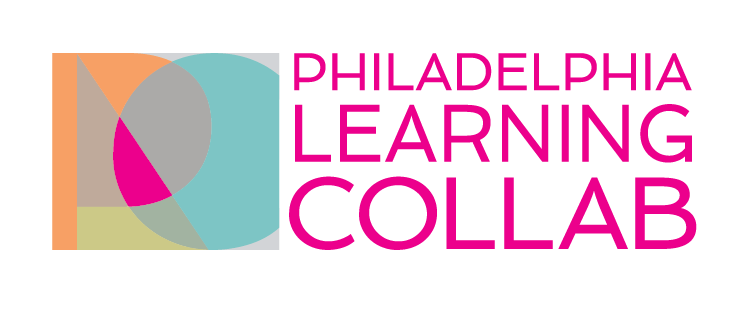Supercharged Partnerships in Philly Education: SLA and Braskem
By: Sue Altman
At first glance, schools and petrochemical companies don’t have a lot in common. Schools are noisy, spirited places of learning, bristling with energy and youth. Petrochemical companies are generally thought of as offices, quiet and orderly, where the serious work of creating and improving scientific advances take place. And yet, when Braskem and the Science Leadership Academy (SLA) Center City, Philadelphia teamed up, similarities in culture and institutional purpose created an important foundation for an incredible, productive, and transformative partnership- a relationship that could set a new blueprint for public-private partnerships in education.
Since 2015, Braskem and SLA have been developing a school-business partnership, the kind to which similar partnerships aspire and describe in grants and strategic planning documents. The relationship began in a relatively straightforward fashion: A feature of the SLA model is its ILP program, where, once a week, SLA sophomores and juniors are released to participate in internships. As part of this program, annually, SLA sends Braskem a few interns. Over time, the exchange grew into a creative, interactive, productive experience for both organizations. Braskem employees now act as mentors and judges who evaluate student capstone projects using a “Shark Tank” inspired format. During an exciting multi-day period, students present their final projects and get feedback from the panel of Braskem employees.
But it doesn’t stop there.
The most remarkable feature of the Braskem-SLA partnership, is that the winning seniors are awarded funding to further develop their projects. This “investment” from Braskem is a tangible “accelerator” that creates a powerful incentive for graduating seniors to iterate and improve on their work. One award winner, Shaina, tested and developed blue-green algae that had the potential to become biodiesel, a low-cost alternative to fossil fuels. She said Braskem “gave her extra money [for her project]” because of her impressive work, and this experience provided her with “confidence and a strong sense of what is possible.”
So, how did this partnership evolve? What lessons can be learned from this relationship?
Jeremy Spry, a Partnership Coordinator at SLA, manages the school’s internship program and believes this partnership can be a model for other school-corporate partnerships, especially if there is a cultural fit. “In both organizations you have an entrepreneurial spirit, and a sense of possibility. As we say at SLA, high school shouldn’t be prep for the real world, it should be the real world...When we work with Braskem, there is a culmination of real work that matters to the kids. Meaningful partnerships like these can make a difference in an underfunded school district.”
Jeremy offers this advice to other schools and businesses looking to partner:
Find a champion on both sides. SLA’s Principal Chris Lehmann, Engineering Teacher John Kamal and Partnerships Coordinator Jeremy Spry were the champions on the SLA side. For Braskem, Commercial Director Chris Gee was the champion who had a special interest in wanting the program to grow, and succeed.
Make sure there is a shared sense of values between the two institutions. Both Braskem and SLA believe in entrepreneurship, the power of creativity and creation, and the importance of a diverse community. These building blocks allow the partners to speak the same language and create a consistent experience for students.
Great communication and feedback. SLA’s ability to communicate with their corporate partner ensures that Braskem employees understand the program’s impact on the lives of the students. SLA is consistent in communicating updates about students and students’ lives, such as, post high-school plans and news about the evolution of their projects. This generates greater investment from Braskem employees and SLA students.
School-corporate partnerships open a wealth of possibilities for students and businesses. Like most relationships, they are complex, and require time and care. If done well, partnerships can be the exposure students needs to explore careers they have never considered, a source of funding for school programs, and a workforce development tool for companies searching for new talent.
Additionally, the internship program helped Braskem scope out some prospective hires. As Stacy Torpey, a Braskem representative noted, “Working with young people directly is the best way to engage with the next generation. The work is fulfilling for us as a company, and it enables the next generation of the workforce, in a market that desperately needs it.”
These partnerships create new understanding about what deep learning can be in a modern, interconnected world.

